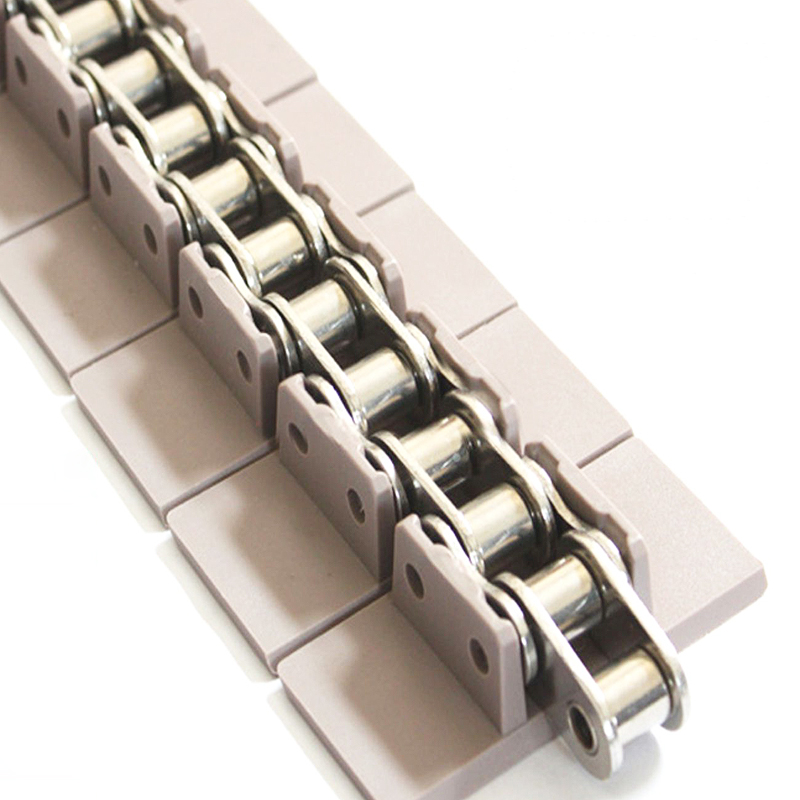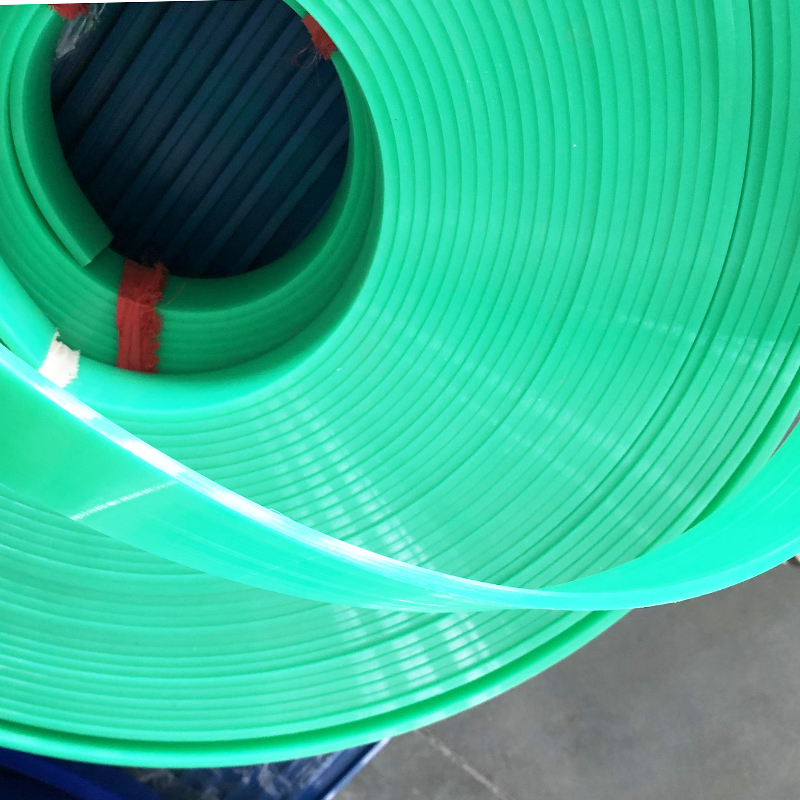Things break. No matter what you do, there is always a chance that products will fail. The same holds true for bearings, but that doesn’t mean that you can’t prevent many of the issues that result in costly downtime.
This article is a guide to the major factors that can lead to bearing failure as well as how you can prevent the issues from happening. By learning more about these potential problems and knowing how to stop them, you can get the most life out of your bearings and make your application much stronger. Finger Transfer Plates

According to a recent study, up to 80 percent of bearing failures are caused by improper lubrication. This includes insufficient lubrication, use of improper lubricants or excessive temperatures that degrade the lubricant.
Look for discolored rolling elements (such as blue or brown) and rolling-element tracks as well as overheating or excessive wear in the bearing.
Use the appropriate type and correct amount of lubricant, avoid grease loss, and follow appropriate relubrication intervals.
Contamination is caused by foreign substances getting into bearing lubricants or cleaning solutions. These include dirt, abrasive grit, dust, steel chips from contaminated work areas and dirty hands or tools.
Watch for denting of rolling elements and raceways that cause vibration.
Filter the lubricant and clean work areas, tools, fixtures and hands to reduce the risk of contamination.
In most instances, bearings should be mounted with a press fit on the rotating ring.
A number of conditions can cause denting, wear, cracked rings, high operating temperatures, early fatigue and premature failure of bearings. These include mounting bearings on shafts by applying pressure or blows to the outer race, mounting bearings into a housing by pressing on the inner ring, loose shaft fits, loose housing fits, excessively tight fits, out-of-round housings and a poor finish on the bearing seat.
Follow proper mounting instructions and provide training to ensure all employees understand the difference between a properly and improperly installed mounting.
Bent shafts, out-of-square shaft shoulders, out-of-square spacers, out-of-square clamping nuts and improper installation due to loose fits can cause misalignment, which may result in overheating and separator failure.
A wear path that is not parallel to the raceway edges of the non-rotating ring should be noted.
Inspect shafts and housings for runout of shoulders and bearing seats, and use precision-grade locknuts.
Rapid movement of the balls in a raceway while equipment is idle wears away at the lubrication. In addition, a lack of rotation in the bearing does not allow fresh lubricant to return to the spot. Both of these conditions result in false brinelling.
You may see linear wear marks in the axial direction at the rolling-element pitch or no raised edges as opposed to marks due to incorrect mounting.
Eliminate or absorb external vibration that could cause the balls to move. Also, be sure to use lubricants containing anti-wear additives.
Moisture, acid, low-quality or broken-down grease, poor wrappings and condensation from excessive temperature reversals can cause corrosion that is abrasive to the finely finished surfaces of ball and roller bearings.
Look for red and brown stains or deposits on rolling elements, raceways or cages, as well as increased vibration followed by wear, an increase in radial clearance or loss of the preload.
Divert corrosive fluids away from bearing areas. Select integrally sealed bearings and consider external seals for particularly hostile environments. Using the proper bearing material, such as stainless steel, can help if you cannot avoid a corrosive environment.
Constant passage of alternating or direct current, even with low currents, can lead to electrical damage.
Brownish marks may be observed parallel to the axis on a large part of the raceway or covering the entire raceway circumference.
Prevent electrical currents from flowing through the bearing by grounding or using insulated bearings.
Spalling is often the result of overloading, an excessive preload, tight inner-ring fits and using the bearing beyond its calculated fatigue life.
Fatigue can be indicated by the fracture of running surfaces and subsequent removal of small, discrete particles of material from the inner ring, outer ring or rolling elements. Spalling is progressive and will spread with continued operation. It is always accompanied by a noticeable increase in vibration and noise.
Replace the bearing and/or consider a redesign that uses a bearing with greater calculated fatigue life, internal clearances, and proper shaft and housing recommendations.
Overheating is generally the result of excessive operating temperatures and improper lubrication. High temperatures can cause grease to bleed (purge the oil), which reduces the lubricant’s efficiency. In elevated temperature conditions, oxidation can lead to the loss of lubricating oils from the grease, leaving a dry, crusty soap that can seize the bearing. Higher temperatures also reduce the hardness of the metal, causing early failure.
Note any discoloration of the rings, rolling elements and cages. In extreme cases, the bearing components will deform. Higher temperatures can also degrade or destroy the lubricant.
Thermal or overload controls, adequate heat paths and supplemental cooling are among the best options to mitigate overheating.
Putting too much load on a bearing is another common cause of failure.
You may see heaving rolling-element wear paths, evidence of overheating and widespread fatigue areas.
Reduce the load or consider a redesign using a bearing with greater capacity.
Improper storage exposes bearings to dampness and dust. Storing bearings in excessively high temperatures can also degrade a grease’s shelf life, so always check with the grease manufacturer for storage specifications. Handling bearings by opening boxes and tearing wrappings prematurely can let in dirt and expose bearings to corrosive elements.
Watch for dampness and temperatures that can cause rust and/or uncovered bearings in a storage area.
Store bearings in a dry area at room temperature. Always cover bearings to keep them clean while in storage and take them to the installation site before unwrapping.
A tight fit can be caused by excessive loading of the rolling element when interference fits exceed the radial clearance at operating temperatures. Micro-motion between fitted parts where the fits are too loose in relation to the acting forces may result in a loose fit.
For a tight fit, look for a heavy rolling-element wear path in the bottom of the raceway, overheating or an inner-ring axial crack. For a loose fit, note any fretting (generation of fine metal particles), which leaves a distinctive brown color. Wear at the fitting surfaces can cause noise and runout problems.
Make sure a proper clearance is selected to avoid fit issues. Refer to the manufacturer’s installation guide.
By becoming aware of the different problems that can cause a bearing failure and the signs to look for, you have already taken a big step toward limiting machine failures. Of course, you don’t have to wait for the symptoms of a bearing failure to take action. Regular preventive measures can keep your bearings at peak performance for as long as possible, saving your business time and money.

Flow Wrap Machine Chris Wilson is the corporate operations manager at Ritbearing Corporation, an international distributor of ball and roller bearings which also specializes in custom-engineered bearing solutions. Contact Chris at cwilson@ritbearing.com.